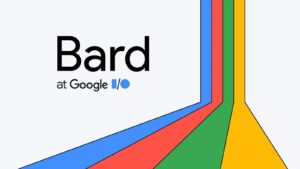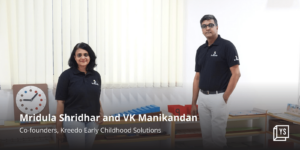“Where do you see yourself in the next five years?”
Nearly all companies ask this same question, but with an answer that they already have in mind—one that serves their ends. Why not in the 21st century, when growing numbers of individuals are searching for ways to align their personal visions with the organisations they work for, linking personal aspirations to organisational vision as well?
It is no longer about filling jobs, but about growing the talent, lining up personal growth with how the company grows. With new technology now in our fingers, it’s easier than ever to focus on helping people grow. So how can a company use technology to stay ahead?
Building a sticky organisation
A sticky organisation is one where people feel a profound sense of belonging and purpose. Technology has the power to shape this environment by offering custom growth plans that match individual interests or what departments need.
Think about an HRMS that provides specific personalised training programmes to help people boost their professional skills which makes them go, “Wow, this training was super personalised, I made 10 deals in a week.” These kinds of comments show how the system can line up personal growth with what the organisation wants to achieve creating a strong partnership.
But making people feel they belong involves more than just teaching skills; it also means noticing and celebrating what they accomplish. This deep connection builds an organisation that keeps its talent making sure people stay committed and help the company succeed in the long run. This deep engagement fosters a sort of stickiness ensuring people remain committed and contribute to long-term success of the organisation.
Personal and organisational growth
How can an individual flourish within a company? It begins with an open mind and a commitment to nurturing talent.
Consider the classic “Can you sell this pen?” challenge. This task isn’t just about being good at sales; it’s about figuring out what people need getting along with, and offering them that value instead of selling a product. HRMS can track and enhance these skills, ensuring that personal development progresses in alignment with the company growth.
To help people grow, you need to look past what’s in their job description and see what they could become. HRMS empowers HR teams by identifying and bridging skill gaps, providing essential resources, and aligning personal growth with the company’s strategic objectives. This dual approach guarantees that as the company evolves, its people evolve with it.
The power of personalisation
Consider a team member whose role has been shaped to leverage her natural talent for connecting with people. HRMS captures these personal attributes and integrates them into professional development plans, ensuring that job titles reflect personal talents and strengths.
L&D isn’t just about defining job roles; it’s about charting a career path. It can guide people from beginner to intermediate and then to advanced stages in their career. Drawing a map through all of these stages, it aids in envisaging growth within a company and traces the journey so that it is transparent and achievable.
A well-defined career path demonstrates to the individual where they are and where they can go in the long term. The tools to manage progress, set goals, and measure achievements are all part of an HRMS; therefore, personal development becomes a continuous, dynamic process evolving in line with both the individual’s and company’s changing needs.
Capturing the pulse of the organisation
Understanding how the members of your organisation are feeling can profoundly impact the company. But have you ever considered how much it would mean to your people to know that you genuinely care?
Tools like mood metres and pulse surveys integrated into HRMS can gauge the behavioural aspects of the workforce for your insight while making them feel valued.
For instance, only 20% of team members really engage with the mood metre every day at your company. The tough task is engaging the remaining 80%. Showing patterns and actionable insights, HRMS helps in building a more inclusive and expressive culture.
This is a key understanding in designing such strategies that enhance engagement and accordingly, personal and organisational growth, wherein everyone feels they are part of everything and their contribution at every step is necessary.
Ultimately, that means creating an environment where everyone feels they have a stake and something valuable to add.
Warren Buffet famously said, “I tap dance to work.” That is the ultimate goal any organisation should aim for people to feel. It is important that HRMS works on instilling trust, creating engagement, and developing people. When people are happy and engaged, they contribute positively toward company growth.










